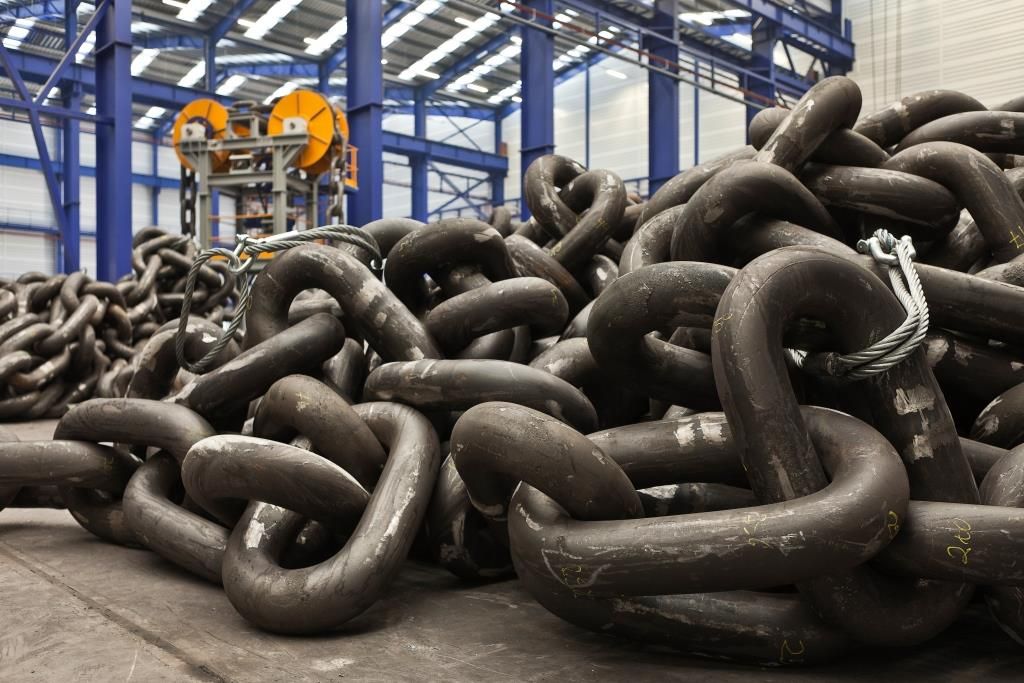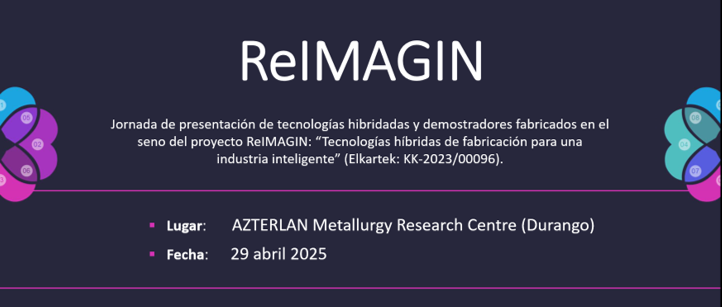The MODELAM project aims to model the behaviour of metal alloys in the cracking initiation phase due to hydrogen embrittlement and fatigue phenomena.
To decipher how embrittlement and fatigue phenomena can lead to a service failure in metallic materials is a competitive advantage for the sectors that demand high reliability components under severe mechanical and electrochemical stress conditions. This is in particular the case of many applications related to the offshore sector.
In order to achieve that goal, the research consortium of the MODELAM project, IK4-Azterlan and Ceit-IK4 Technology Centers and the R&D unit of Vicinay Marine Group, Vicinay Marine Innovación, set ongoing a challenging research project to provide an advanced and proven numerical method to predict the initiation of cracks and to model their propagation in this kind of high added value components.
Even when it is possible to calculate the number of cycles (repetitive mechanical requirements) that it needs to grow from a certain macroscopic size after the crack has been produced, no one knows how many cycles are necessary for a crack to initiate. However, crack initiation is a critical element in the life of the component because it provides relevant information to solve the problem that the research work is willing to address.
Design tools and methodologies against embrittlement and fatigue have a very limited scope. Oversizing safety factors is a usual practice and high-cost testing on components are required to validate designs. This happens because the above mentioned design models omit relevant aspects of the characteristics of the actual component and its service conditions.
Consequently, it is necessary to model this crack initiation to determine how metal alloys behave due to these phenomena.
The MODELAM project aims to develop the necessary knowledge to solve these shortcomings in cases of general interest (service conditions that can be found in many products), so that the results serve as a basis for different metal mechanical industrial sectors. An additional value for this methodology that could be applicable to various metal alloys and production processes. As an initial step, the MODELAM project starts with the modeling of chains and mooring systems for the offshore industry, which play a critical role in ensuring the correct functioning and safety of the critical elements they hold (oil rigs, water turbines, offshore equipment etc.).
To meet these goals the team of researchers faces the challenge of integrating experimental research, development of metallic alloys’ behavior models and the representation of real performance by means of these models.
MODELAM project is partially financed by the Basque Government’s Elkartek program.

Metallic anchor chains produced by Vicinay Marine Group


